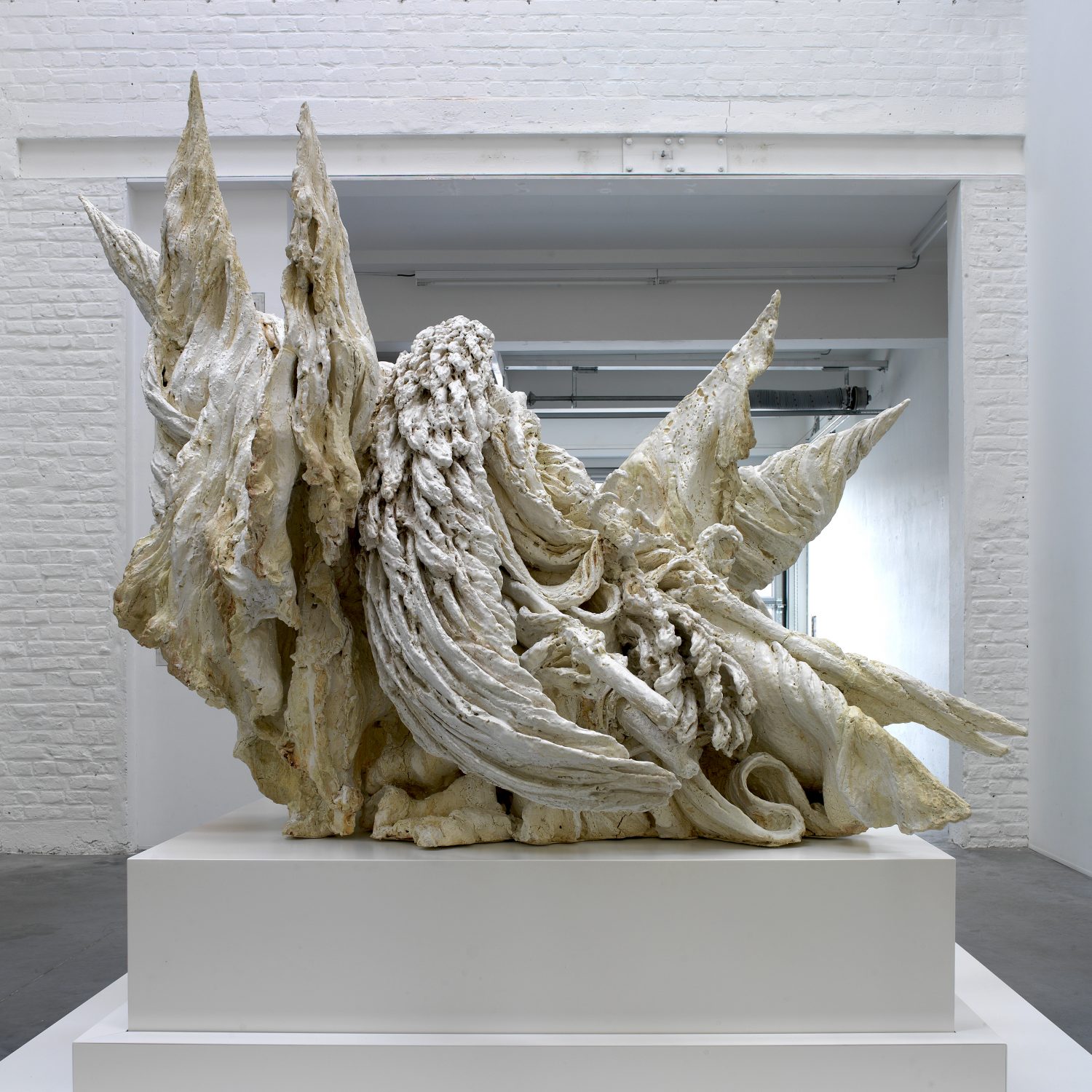About the participants:
Hans Theys is one of the Belgium’s most famous writers on art and culture, and has written many biographies, essays, and interviews on the work of Belgian contemporary artists, including monographs on Panamarenko, Luc Deleu, Ann Veronica Janssens, and Michel François. In 2012 he published ‘Focus, een blik op 100 Belgische kunstenaars’ (Focus, a Look at 100 Belgian Artists), a collection of interviews and articles on contemporary Belgian artists. Theys also makes exhibitions and teaches at the Royal Academy of Fine Arts in Antwerp and at the KASK in GENT. Theys is a regular contributor to the magazine ‹H›ART.
Sacha Bronwasser is an art historian, author, and curator. She speaks and writes about visual arts and film for De Volkskrant and NTR amongst others, and is co-director of the film platform Cinema Zuid. She is also closely involved in the Volkskrant Art Prize. In 2011, she published ‘Zo werken wij’ (The Way we Work), in which ten of the Netherlands’ leading contemporary artists were followed in their activities. In extensive portraits, she shows how these artists work, and how a work of art comes into being via a thought process that takes place day and night.
The sculptures of Harold de Bree are replicas of objects associated with war. The work’s surroundings often give them an absurd charge, such as a life-size submarine placed in the pond of the Gemeentemuseum Den Haag. In the summer of 2013, he built a Bailey bridge and set it on fire. De Bree’s work lies somewhere between a glorification and a commentary on war material. At the same time, he plays on the current global sensitivity and fear of terrorism, uprisings, and war. The realistic constructions are also a reflection on how, thanks to media, we can distance ourselves from conflict and war. In De Bree’s work, the material reality of conflict is unavoidable.
Folkert de Jong shows internationally and is recognized for his life-size groups of Styrofoam and polyurethane-foam figures. Folkert de Jong’s world is populated by circus artists, soldiers, heads of state, art collectors, gods, mountain climbers, dancers, monkeys, sunbathing girls, and skeletons. De Jong uses polyurethane (insulation material used in construction) in an atypical way to build complex tableaux of grotesque worlds in which power, violence, disaster and other disturbing aspects of the human condition are the subject. The dark side of human nature is the driving force behind his work; de Jong is fascinated by the splendour and the destructive side of displays of power.
From a strong sense of history and political engagement, Anne Wenzel casts new light on the role that art plays in the representation of power, heroism and violence. The themes Wenzel addresses are often presented in coherent systems of busts, bouquets, trophies, and chandeliers. She moulds archetypes of power. Her work is characteristic for its singular handling of ceramic material: by experimenting with formats, chemical additives, and radical distortions, she pushes the boundaries of the sculptural medium. Her solo exhibition, The Opaque Palace, runs until 5 May 2014 at TENT.
